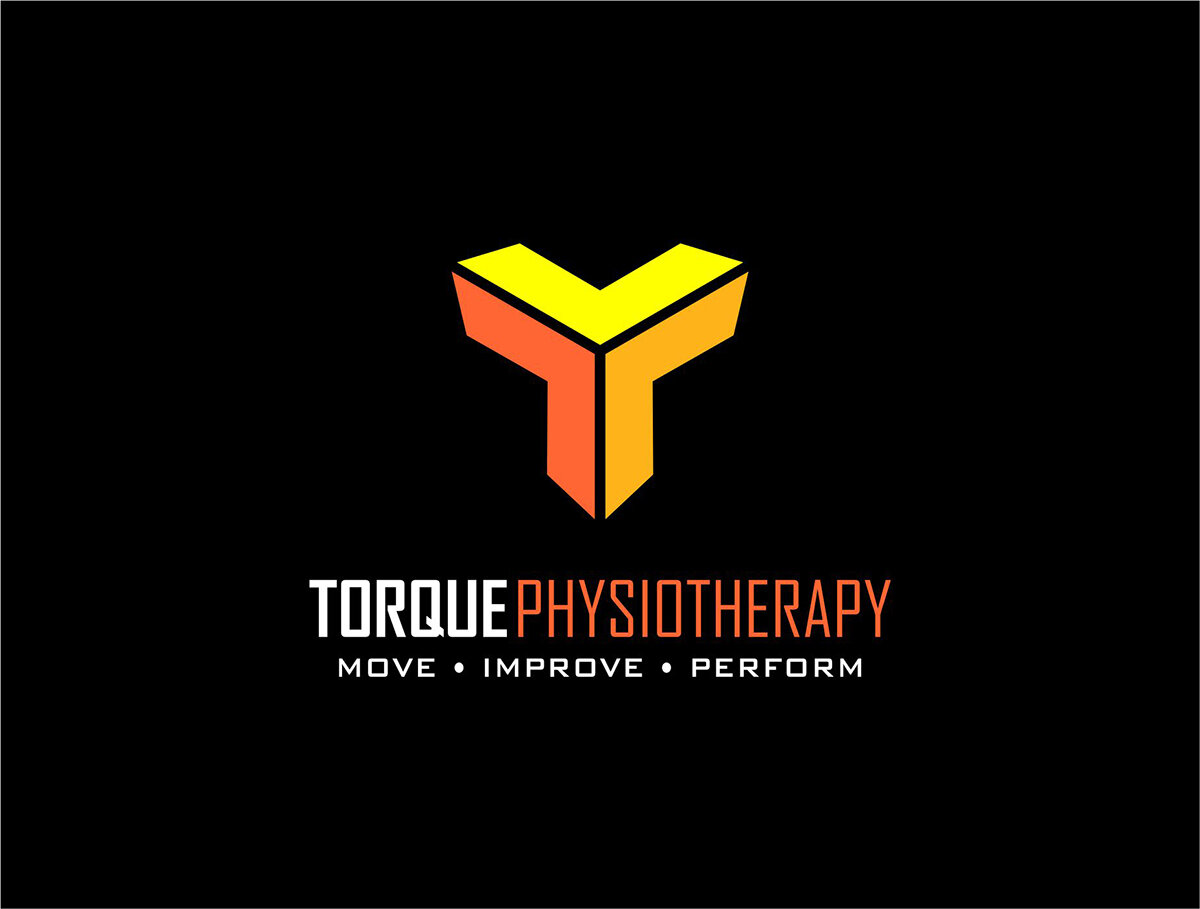
Headaches
How Torque Physiotherapy can help
Headaches are a common problem, and may stem from several potential factors (scroll down to read more, or read my blog). With a broad spectrum of severity and irritability, they can sometimes be utterly debilitating - sometimes even requiring time off work to rest.
Headaches are a common presentation at Torque Physio, with many new patients reporting a lengthy history of persistent neck pain, a previous whiplash type injury (i.e. car accidents, falls etc), frequent reliance on pain medications to manage their pain, and a feeling that headaches have become just a normal frustrating part of life. You can imagine just how much this can affect a person’s sense of wellbeing, and physical activity levels.
Although you may not initially think of Physiotherapy as an effective solution for headaches, some types of headache are actually very amenable to Physiotherapy treatment. For example, tension headaches associated with muscle spasm around the head, neck and jaw, or headaches related to cervical spine (neck) dysfunction or trauma (i.e. whiplash) can respond well to specific modalities aimed at restoring normal muscle tone and strength, joint range of motion, and spinal mechanics. Long-term results can often be obtained through a combination of these approaches, along with education and advice on management strategies.
With a keen interest in headache and neck disorders, I can work with you to identify potential causes for your headaches, and recommend whether Physio is an appropriate treatment for your symptoms. Following initial assessment, I will discuss my findings and suggested treatment and management plan with you, to help minimise the frequency and severity of your headaches!
What are headaches?
According to the World Health Organisation (WHO), just under half of all adults worldwide will experience a headache in a given year.
With an array of underlying causes - from stress and anxiety, to high blood pressure, migraine and other medical conditions, headaches can occur in any part of the head, and can be classified as either primary or secondary as I briefly summarise below. The International Headache Society (IHS) is a great resource for more detailed information on headache classifications.
Primary Headaches
Primary headaches stem directly from problems with, or dysfunctions of pain-sensitive structures in the head.
Whilst the brain is not pain-sensitive, there are a plethora of structures; blood vessels, nerves and muscles around the head and neck, which can generate pain, including the jaw joint (temporomandibular joint) and teeth. Further, changes in chemical activity within the brain can also stimulate pain sensation.
The most commonly reported primary headache is the tension-type headache (previously known as a muscle contraction or stress headache), which according to the IHS, has a lifetime prevalence of 30-78% amongst the general population, with a high associated socioeconomic impact. There are several sub-categories of tension headaches, ranging from episodic, to chronic, with peripheral and central pain mechanisms, respectively, thought to be involved.
Migraines are also classified as primary headache disorders, and have two sub-types; either migraine with aura (momentary focal neurological symptoms), or migraines without aura. Other accompanying symptoms, such as prodromal and postdromal phases can occur before/after the onset of the migraine headache itself, presenting as (amongst others) fatigue, yawning, change in activity state, or unusual cravings. Due to the severity of this headache type, it has been ranked third highest for disability worldwide in both males and females under 50 year of age, by the 2015 Global Burden of Disease Study (GBD2015).
Finally, cluster headaches - also a primary headache, and type of trigeminal autonomic cephalalgia (TAC), occur in clusters, usually on one side of the head, sometimes behind the eye. Pain associated with these headaches is often described as severe, drilling type pain with a frequency of one to twice daily,lasting between 30-90 minutes. Cluster headaches can come and go over several years, are more common amongst men over the age of 20 years, and people who smoke.
Secondary Headaches
Secondary headaches occur as symptom of another condition - that is, there are underlying conditions which produce pain sensations in the head. There are a broad range of factors which may result in secondary headaches, including (amongst others):
Serious pathologies - stroke, brain tumours, blood clots
Concussion
Trauma to the neck, head or face
Alcohol or other drug and medication associated hangovers/rebound headaches
Dehydration
Viral Illnesses, e.g. influenza
Cervical spine (neck) dysfunction
The most common secondary headaches are associated with trauma to the neck, head and/or face, including concussion. Pain may be associated with difficulty concentrating, irritability, memory deficits, dizziness, fatigue and insomnia. Following a concussion type injury, a cluster of these associated signs and symptoms may warrant the diagnosis of post-concussion syndrome - a topic currently of great interest in the world of research.
Current understanding of the development of secondary headaches as a result of trauma to the head/neck suggests there are several potential factors involved, including changes in brain metabolism and haemodynamics, inflammation, nerve (axonal) injury, changes in brain structure and function, and other biopsychosocial factors. The objective of health professionals in managing these secondary headaches attributed to trauma, is to mitigate the chance of chronic, or persistent headaches beyond the acute three month stage. To achieve this, a broad approach to management, including physiotherapy, counselling and psychology, medication, extensive monitoring, and graded physical exercise is usually recommended.
Importantly, because headaches can be a symptom of a potentially serious underlying illness or condition, it is important to seek medical advice via your doctor if they suddenly worsen significantly, or become more regular/persistent. Further, should you experience other symptoms such as sensory changes, fever and joint stiffness or confusion, you should contact your doctor immediately.






